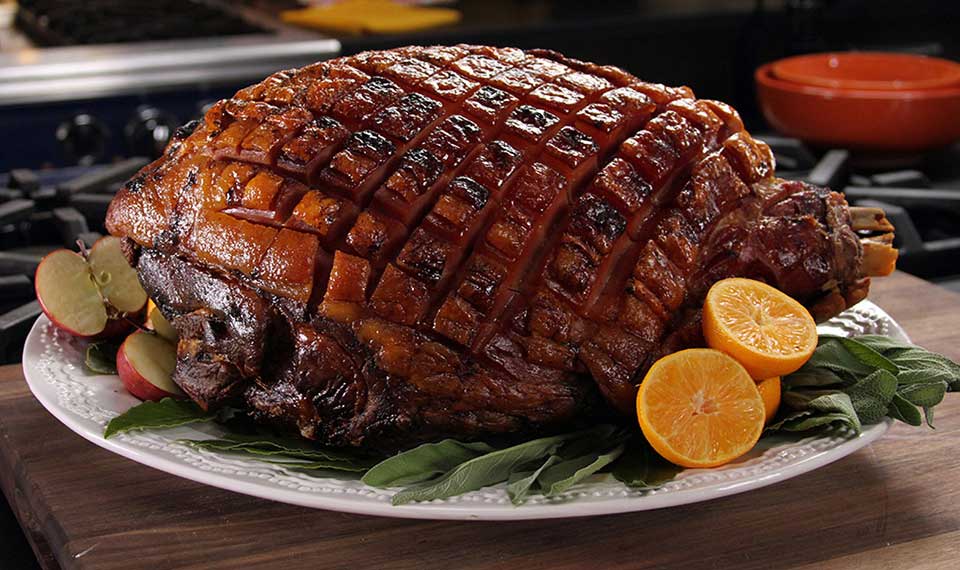
When roasting, fat matters
I did a very short post on Face Book a little while ago on this topic.
There is no hard or definite rule on whether a roast with a layer of fat on one side of the surface should be facing up or down.
I have always advised to roast fat side up.
Why? Because it bastes the meat. When the heat is applied during roasting the fat on top provides continuous basting as the fat melts and runs down the sides.
This leads me to say that if the meat is fat side up then basting is unnecessary.
However, if you want to baste the roast by spooning the pan drippings over it then use the fat only.
Fat protects the meat from drying out. If you use water or stock to baste you are doing more harm than good because you are actually washing away all the good work that the fat drippings are doing to the meat so you are, in effect, drying it out.
Depending on the cut of meat you used depends on how much goodness there is in the fat. The tougher the cut the more chance that there will be some gelatine in the fat drippings that are coating the meat. This gelatine component is great because not only does it help with keeping the meat moist but also helps with natural flavour.
Also, if you still want to baste, then realise this: the more you baste (that is the more you are spooning over the meat all the fat juices that have coated the sides of the meat and ended up in the tray) the more you are opening the oven door the more tender will be the meat. Why? Because the opening the oven door drops the temperature inside the oven so the roasting time is longer and the more that the connective tissue breaks down. Therefore it isn’t actually the basting but the lower temperature that is increasing the tenderness.
